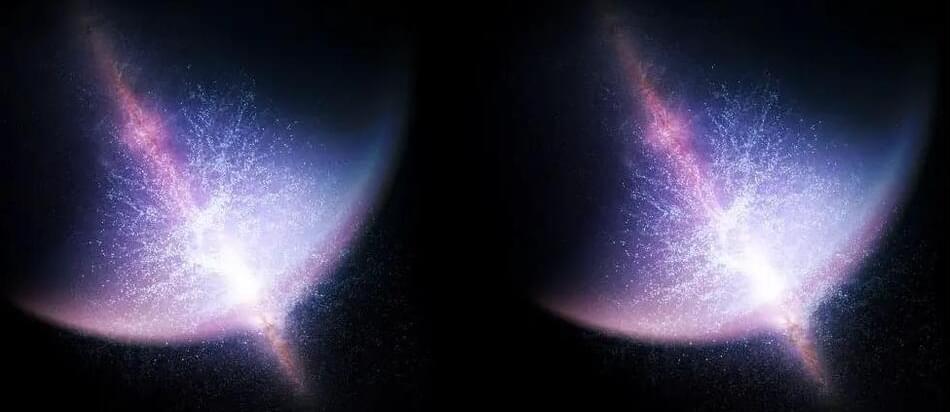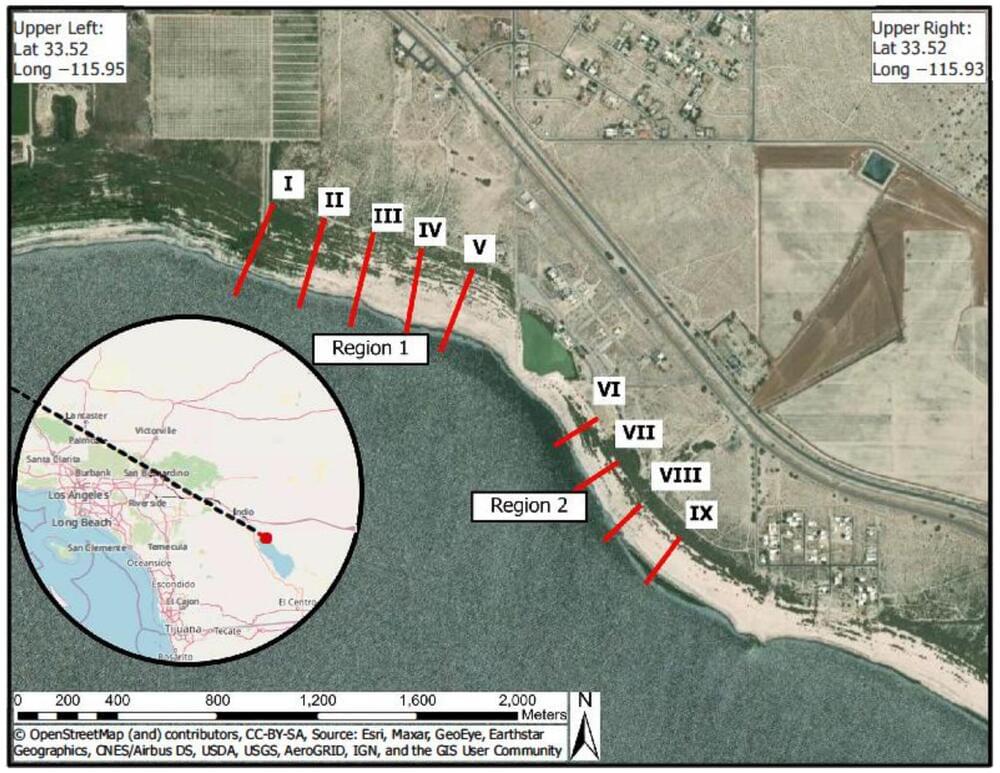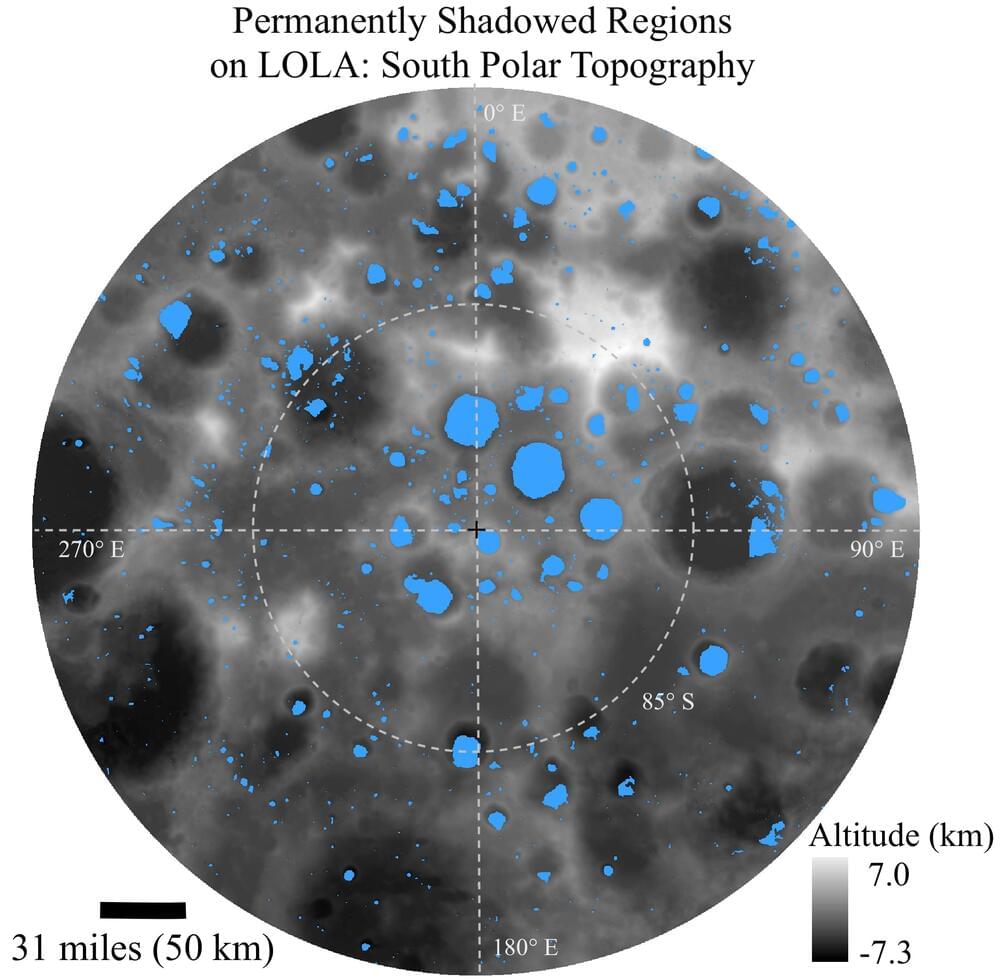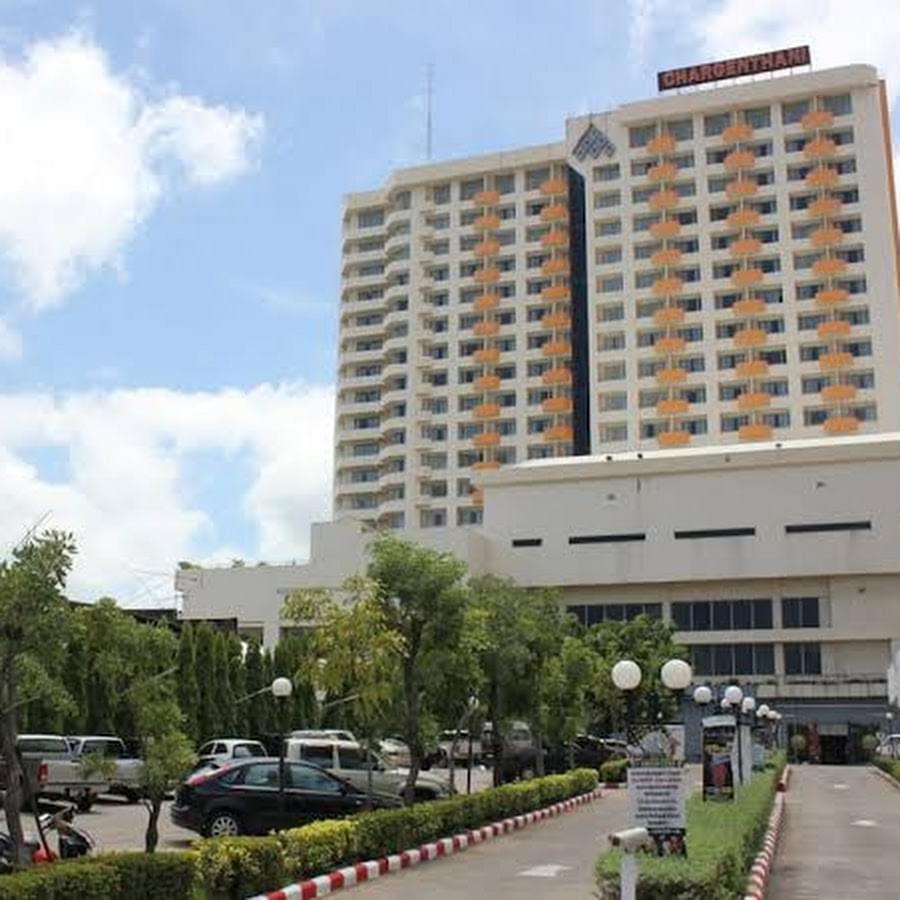Deposits of ice in lunar dust and rock (regolith) are more extensive than previously thought, according to a new analysis of data from NASA’s LRO (Lunar Reconnaissance Orbiter) mission. Ice would be a valuable resource for future lunar expeditions. Water could be used for radiation protection and supporting human explorers, or broken into its hydrogen and oxygen components to make rocket fuel, energy, and breathable air.
Prior studies found signs of ice in the larger permanently shadowed regions (PSRs) near the lunar South Pole, including areas within Cabeus, Haworth, Shoemaker and Faustini craters. In the new work, “We find that there is widespread evidence of water ice within PSRs outside the South Pole, towards at least 77 degrees south latitude,” said Dr. Timothy P. McClanahan of NASA’s Goddard Space Flight Center in Greenbelt, Maryland, and lead author of a paper on this research published October 2 in The Planetary Science Journal.
The study further aids lunar mission planners by providing maps and identifying the surface characteristics that show where ice is likely and less likely to be found, with evidence for why that should be. “Our model and analysis show that greatest ice concentrations are expected to occur near the PSRs’ coldest locations below 75 Kelvin (−198°C or −325°F) and near the base of the PSRs’ poleward-facing slopes,” said McClanahan.








